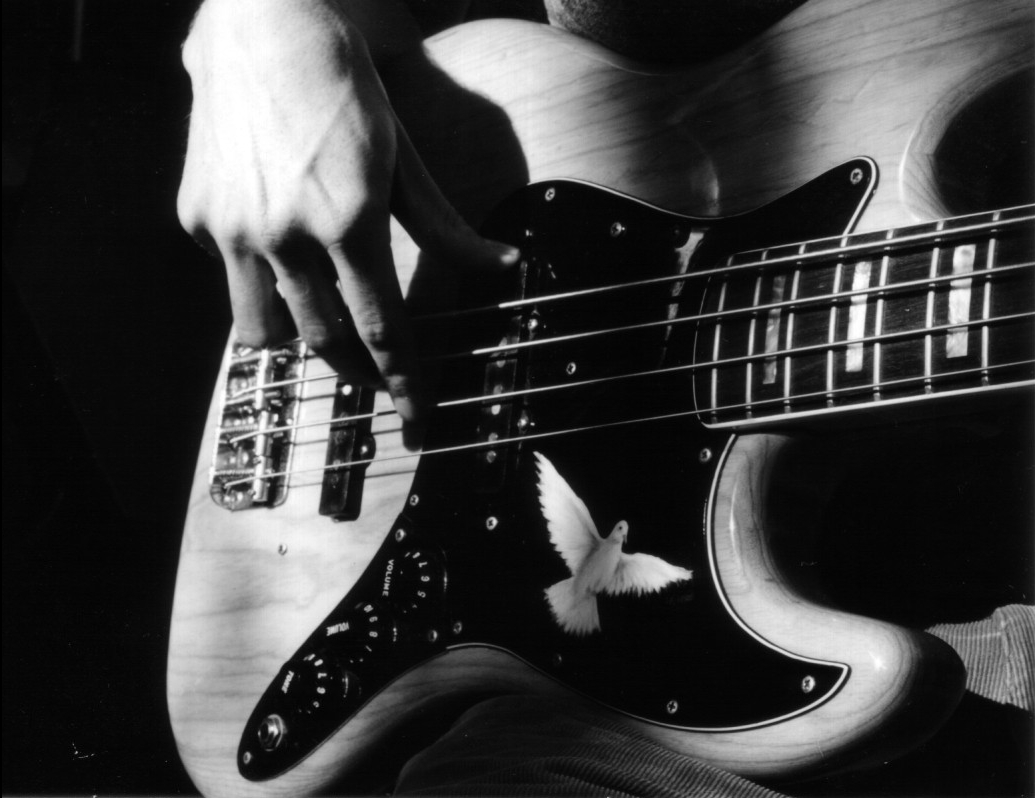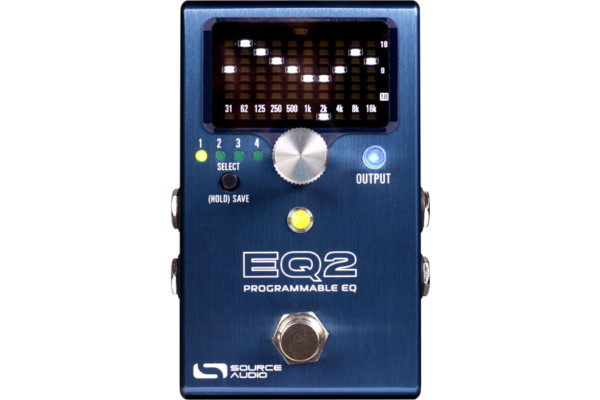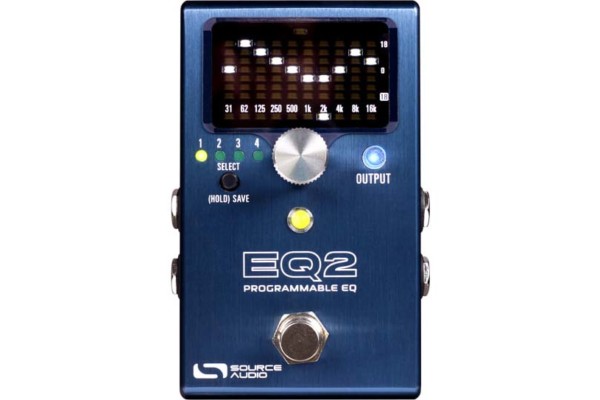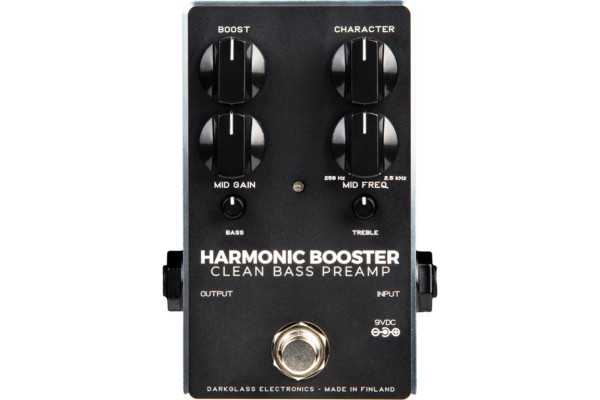Is There a Right Way To Set My EQ?

Q: I own a Fender Active Deluxe Jazz Bass and I am very happy with it. The bass has treble/mids/bass knobs and also a knob to switch or blend the 2 pickups. My problem is that I really have no idea how to set these knobs. I just put the settings in a way that gets me a sound that I like, which could be fine, but I would like to get “the best” sound out of it. So, is there a proper way to do this? How do you set the knobs? Is there a sort of “professional way” to set them? And then… there is also an amp, which also has knobs. How about that one?
A: So many knobs! Ultimately, there is no setting better than the one in which you have the tone you want.
While I do think that it’s healthy to explore the myriad of tones one can produce by tweaking the knobs on your instrument as well as the knobs on your amp, as it’s the best way to learn how they interact, I think it may be ultimately better to set everything flat and also explore the myriad of sounds you can produce with just your hands and really get to know the sound of your instrument (as well as exploring YOUR sound.
My general methodology is to set my eq’s flat on both the amp and my bass and then make micro-adjustments during sound-check to accommodate the room and stage. I usually set my amps preamp gain at about 11-12 o’clock and then set the volume appropriately for the room (unless it’s a super low volume gig and then I may have to set both the gain and output volume very low.
I may then favor the bridge or neck pickup, depending on the sound of the room and the sound I want for that gig.
The rest will be micro-adjustments, if necessary at all, to compensate for the sound of the room/stage. I generally don’t tweak much. Maybe a little high mids for clarity or low mids for punch (I like adjusting low and high mids better than treble or bass as I find that the frequency range is more applicable and it keeps things from getting too crispy or boomy).
And that’s it. It’s very rare that I tweak much beyond that. I may keep my basses volume at around 85-90% so I have a little bit more left in the tank for solos and louder sections (without turning around and fiddling with the amp).
It can be helpful to find some articles explaining the frequency ranges of EQ’s and how they translate to your ear. It can be helpful to explore the difference in sound between, say… boosting the treble or cutting the bass (many players only consider what to add and neglect to consider how subtracting a frequencies intensity might actually be more effective).
All of this is to say, explore to your heart’s content and learn as much as you can about your gear but, ultimately, there is no “one way” or “professional way” to do it beyond truly learning how to produce the sound you want with your hands. It sounds cliche but it’s true. I’ve played many peoples instruments, hoping I’d discover how to sound like them only to be disappointed by still sounding like me. I can’t help it and neither can they. So much goes into the difference in sound two people get out of the same instrument that you can’t help but realize that you are more of a factor in your sound than any of the knobs you have at your command.
Happy exploring!
Have a question for Damian Erskine? Send it to [email protected]. Check out Damian’s instructional books, Right Hand Drive and The Improviser’s Path.




This is a good take. My bass tech has me doing only one thing differently. He likes the amp cranked up more and the instrument at maybe 25-35% of full turn.
He likes the sound of an amp that’s being pushed. This is for classic rock and blues. I also play in a jazz act and use a very clean sound for that.
Probably the best explanation I’ve read on how to adjust your bass ‘tone’. If you consider the permutations of just 6 numbers required to win the lottery, the possibilities are endless. Soundcheck if your band allows it and stand out front whilst you do. Leave your amp set flat and adjust your sound from the instrument. Once you’re happy, don’t sweat it. Play your bass and lose yourself in the music.